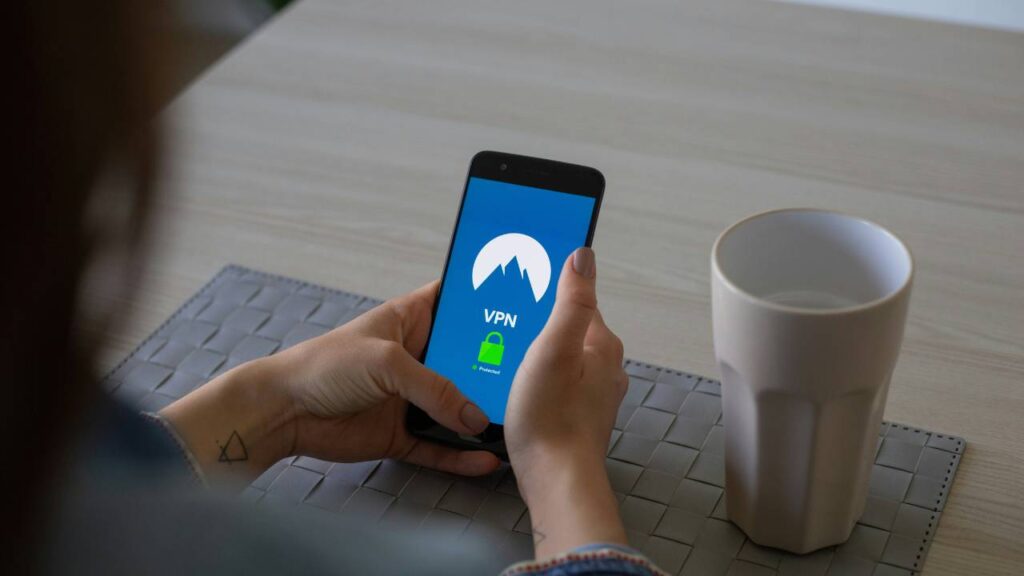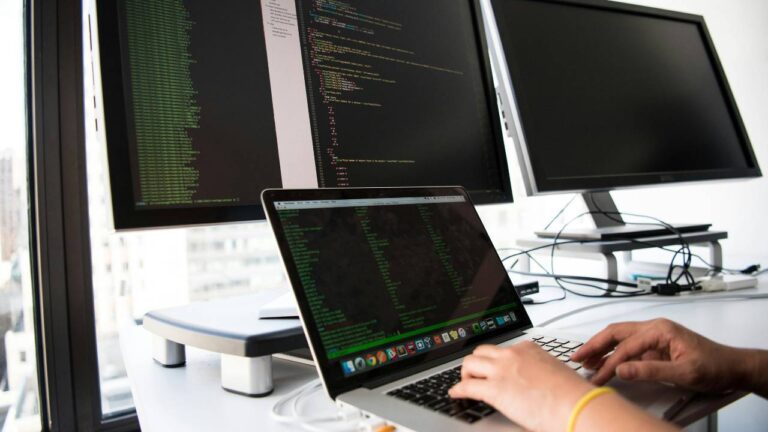A robust, secure IT setup is essential for any Irish business looking to remain competitive and compliant in 2025. It goes beyond just acquiring computers and networking equipment; a successful foundation integrates future-proof planning, efficient digital tools, rigorous cybersecurity, and dependable physical infrastructure. When creating a server room or network hub, don’t overlook physical hazard mitigation — many startups acquire their safety equipment at Data Centre Safety to ensure electrical safety compliance from day one.
Assess Your Business Needs and IT Requirements

Businesses in Ireland must begin by evaluating how their operations are structured before investing in IT systems. This includes considering the size of their workforce, whether teams work remotely or onsite, and the types of devices employees use each day.
The first step to setting up a safe IT infrastructure is identifying how your team works, what data you handle, and how that data needs to be protected — both digitally and physically. Take note of data storage requirements, especially when handling sensitive client or employee information.
Assess the need for cloud services versus on-premises solutions. Many businesses opt for cloud-based software to enable flexibility and efficient collaboration, but the right balance will depend on regulatory obligations and operational needs.
Irish companies must pay close attention to data protection laws, particularly GDPR. Ensuring compliance is not just a legal duty but also crucial for customer trust and business reputation.
Finally, review which software and tools are essential for your industry. Identify any industry-specific solutions and ensure they are compatible with your broader IT strategy.
Choose the Right Hardware and Network Setup
Selecting reliable computers, laptops, and mobile devices is crucial for smooth daily operations. Businesses should assess their exact needs to determine whether desktops, laptops, or a mix of both best suits their workflows.
Servers may be essential for centralised data storage, backups, and hosting business applications. The choice depends on company size and whether cloud solutions replace some on-site infrastructure.
Modems and routers form the backbone of a robust network. It is important to invest in equipment with advanced security features and the ability to support high-speed broadband, as many Irish workplaces rely heavily on fast, stable internet connections.
Scalability must be considered when choosing IT hardware. Devices that allow for easy upgrades and compatibility with new software reduce costs and disruptions if the business grows.
Structured cabling helps keep networks organised and efficient. Proper cabling supports the addition of new devices and reduces troubleshooting time.
Redundancy and failover solutions, such as backup internet connections or duplicate critical devices, protect against downtime. This ensures continuity even if a major component fails.
Equipment that uses less energy benefits both running costs and sustainability targets. Choosing energy-efficient models can help meet environmental regulations without compromising performance.
Implement Strong Cybersecurity Protocols

Modern Irish businesses must adopt robust cybersecurity protocols to safeguard their operations. Every organisation should ensure reliable antivirus software and firewalls are active on all devices to help block threats. Multi-factor authentication significantly reduces the risk of unauthorised access to business systems.
Using virtual private networks (VPNs) encrypts data transmitted over public and private networks, protecting sensitive company information. Comprehensive endpoint protection should be installed across all employee devices to help detect and respond to any security alerts promptly. These measures collectively minimise the potential for unauthorised data breaches.
Staff training remains critical. Employees must receive regular cybersecurity education, learn to identify phishing attempts, and understand the consequences of unsafe digital behaviour. Running periodic phishing simulations can help reinforce this awareness and improve response strategies.
Establishing clear patch management policies is essential for all Irish businesses. Regularly updating software and operating systems reduces vulnerabilities that cybercriminals might exploit. Scheduled cybersecurity audits also support ongoing risk identification and mitigation.
In light of the new EU cybersecurity rules, Irish businesses must also revisit and strengthen their IT security strategies to ensure compliance and avoid regulatory penalties.
Physical security should not be overlooked alongside digital protections. Access controls, secure storage of devices, and visitor management contribute to a comprehensive approach to business security. Together, these strategies establish a culture of security and resilience.
Secure Cloud Solutions and Data Backup Planning
Choosing the right cloud service is a crucial first step for Irish businesses in 2025. Microsoft 365 and Google Workspace remain popular options, offering secure online collaboration tools and reliable storage hosted in EU data centres. These platforms help streamline daily operations and support compliance with Irish data protection laws and the General Data Protection Regulation (GDPR).
Automated cloud backups are essential. Businesses should ensure that data is regularly and automatically backed up, not just on-site but also to secure offsite locations to guard against cyber threats and accidental loss.
Understanding Recovery Time Objective (RTO) and Recovery Point Objective (RPO) is important. RTO refers to the maximum time it should take to restore data after an incident, while RPO indicates the maximum amount of data that could be lost if recovery is needed. Setting realistic RTO and RPO values can help guide both backup frequency and business continuity planning.
Irish companies must verify that their cloud providers meet local and EU data residency requirements. Regularly reviewing access permissions and using encryption both in transit and at rest increases data security. Employees should also be trained on secure cloud usage to reduce human error.
By focusing on secure, compliant cloud solutions and robust backup strategies, businesses can protect their information and maintain operational resilience.
Get Professional Help Where Needed

Outsourcing IT setup or ongoing support allows Irish businesses to benefit from specialised knowledge and experience. Managed service providers can help configure networks, ensure security compliance, and manage updates without tying up internal staff with complex technical tasks.
If you’re unsure where to begin or don’t have in-house resources, choosing an IT support company with experience in Irish SME environments can save time and prevent costly mistakes. Such providers typically offer Service Level Agreements (SLAs) that define response times and the scope of support, giving clarity and peace of mind.
Proactive monitoring tools used by IT professionals can identify issues before they impact business operations. Providers also offer on-call support, which means help is available when urgent problems occur.
External experts stay up to date with the latest technology and regulations. This helps to ensure that all systems remain compliant, secure, and efficient as business requirements evolve.
Conclusion
Taking a strategic approach to IT infrastructure allows Irish businesses to improve performance, protect sensitive data, and support sustainable growth. The right setup today can help reduce future costs and minimise complications as technology requirements shift. Revisiting this checklist regularly ensures a business remains secure and prepared for ongoing changes in the IT landscape.
